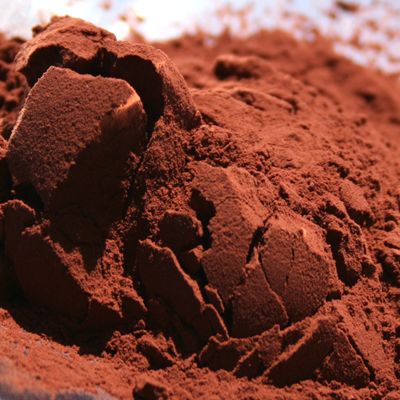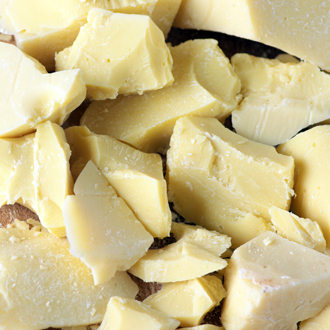

The Latin name for cocoa—Theobroma—literally means, “food of the gods.” This valuable crop played an important role in many ancient South American cultures.
In its earliest forms, the Mayans used cocoa to create a ritual beverage that was shared during betrothal and marriage ceremonies, providing one of the first known links between chocolate and romance.
For nearly 100 years after the Spaniards were introduced to chocolatl, the coveted drink of New World inhabitants, they kept the secret of its production to themselves. In the same years as Shakespeare wrote his final plays, the missionary and theologian José de Acosta wrote about cocoa from Lima, Peru, saying, “It is so much esteemed among the Indians that it is one of the richest and the greatest traffickes of New Spain.”

Cocoa butter is derived from the cocoa bean, that wonderful seed that we use to make chocolate. It used to be that you normally would think of cacao butter as something you'd expect to be an ingredient in the baked goods you buy. Nowadays, however, many people are looking for cocoa butter itself, because of the numerous health benefits that have been attributed to its use both in food and as a skin care product. Organic cocoa (cacao) butter is great as a lotion or food.
